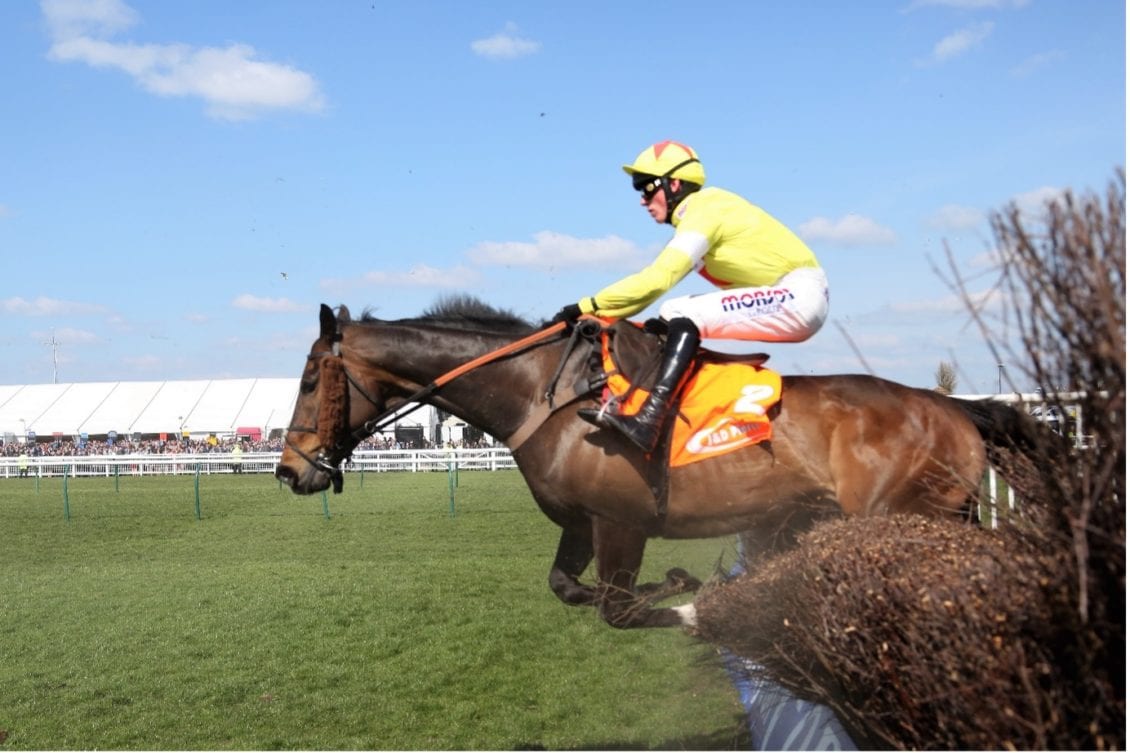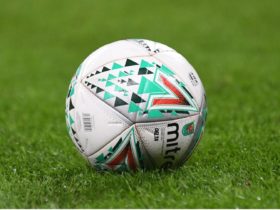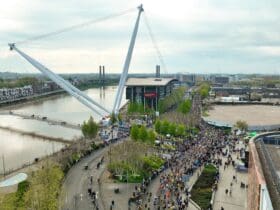Don’t let the Cheltenham Festival blues get you down for too long as the Grand National is now just around the corner! That’s right, after being cancelled last year due to the coronavirus pandemic, the historic old race is back and it’s just a matter of weeks away. Hundreds of millions all the around the world will come to a halt when it’s time for starter’s orders, and there’s no doubt that the vast majority of those will have thoroughly studied the Grand National 2021 odds beforehand.
However, often people won’t have a flutter, or they’ll back a horse with little to no chance of winning, because they don’t have the first clue about horse racing. Well, if that’s you, then not to worry because we have put together this beginner’s guide to the Grand National, which includes everything from the when and where to how things like the horse’s age and weight matter. So, read on to find out more!
When are where
The Grand National always takes place at Aintree Racecourse on the outskirts of Liverpool. The meeting takes place across three days, starting on April 8th and ending on April 10th. The Grand National itself is the penultimate race of the final day and will get underway at around 5:15pm.
Distance and Hurdles
The Grand National is a marathon for the horses involved. Run across a huge four miles and two-and-a-half furlongs, the Grand National is by far the longest National Hunt race on the calendar. In fact, in comparison to the Cheltenham Gold Cup, it’s a full mile longer. The horses will complete the Aintree track twice, taking 30 hurdles in their stride in the process, including 16 steeplechase fences. Given its length and the obstacles that the horses encounter, it’s no surprise really that it is considered one of the most difficult races to complete let alone win.
How many horses compete?
At the time of writing, there are still some 90 entries remaining. However, by the final declaration stage on April 8th, there will be a maximum of 40 horses named. However, in the National’s last outing in 2019, only 12 of those 40 runners finished the race – the lowest amount in 11 years.
What does ‘the going’ mean?
‘The going’ is a reference to the turf and it can change day-to-day depending on the weather. It is actually very important to the race itself. If the going is soft it means the ground has quite a bit of moisture and this could result in a slower race, whilst it’s firm it means the ground is rather hard and this will make for a faster race. Certain horses are better on certain grounds, so it’s worth checking the ground and what going the horse you fancy prefers before placing your bets.
Who is this year’s favourite?
This year’s favourite is Cloth Cap, who is now as short as 9/2 following a recent victory at Kelso. However, this doesn’t necessarily mean that the Jonjo O’Neill-trained horse will win. In fact, in the last decade only two favourites have won the race, Don’t Push It (2012) and Tiger Roll (2019).
Things to consider when picking a horse
There are a couple of key things you need to look out for when making your National selections. The first is the horse’s weight. Horses carrying more than 11 stone are the ones you want to avoid. In almost 40 years, only four horses weighing 11 stone or more have gone on to win the race.
The horse’s age is also a key factor. A horse under the age of eight hasn’t won the race for over 75 years, so avoid seven-year-olds. In the last five years, winners have varied between eight and nine years old so it’s worth keeping an eye on those age brackets.
Final things to look out for
- 10 of the last 12 winners were making their National debuts
- Irish-trained horses have won three of the last four Nationals
- Bar Rule The World, every horse since 1970 had won over three miles prior to the race
- Only three winners have been shorter than 10/1 since 2000









Leave a Reply
View Comments